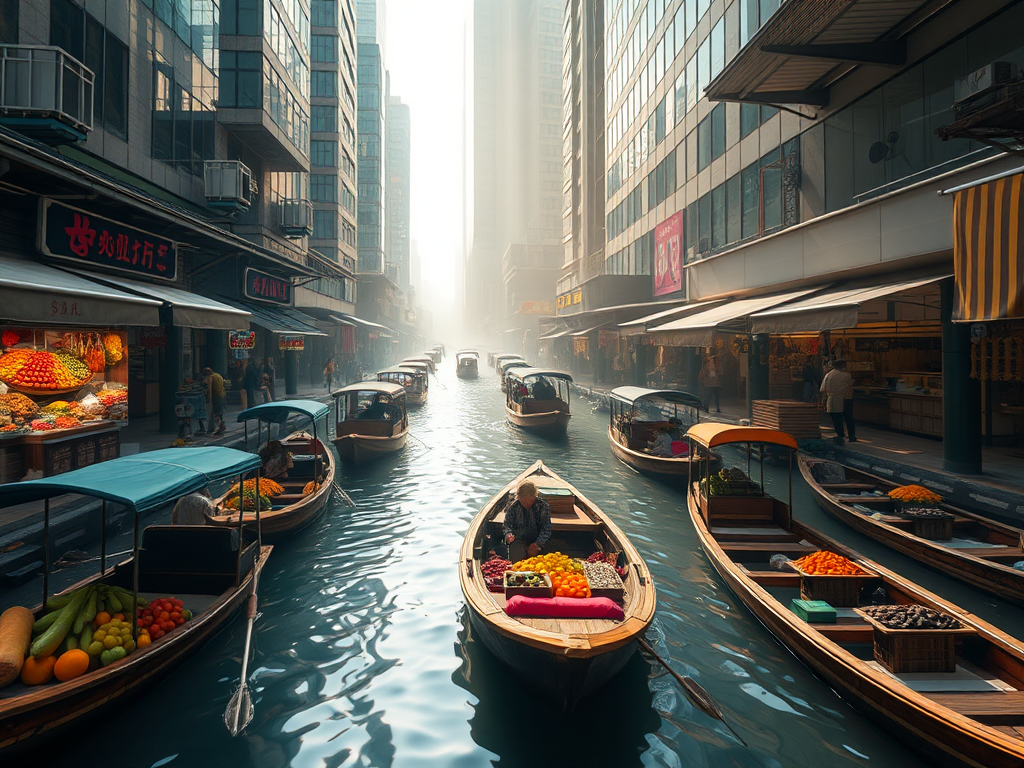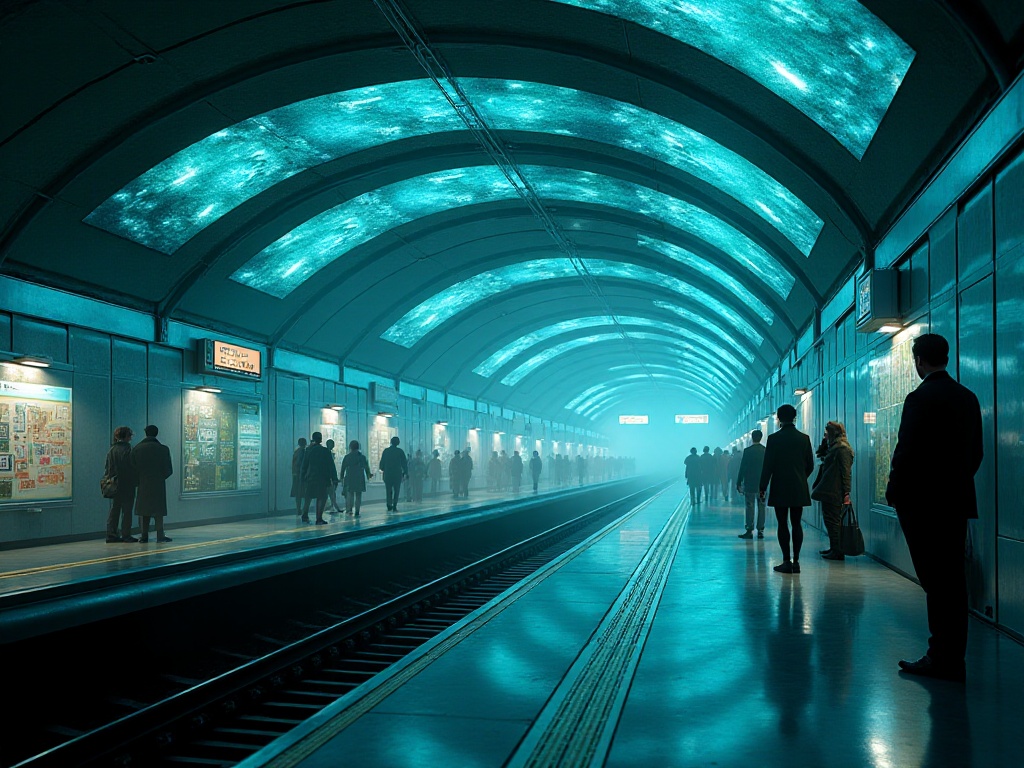I still remember the first time I stood on a New York subway platform. In the crowded mass of people, I nervously looked around like an outsider. The rumbling sounds on the platform mixed with saxophone music from street performers and various languages being spoken. This is New York's most iconic underground transit system, carrying over 5 million passengers daily.
The first time I stood alone on a New York subway platform, I felt both excited and nervous. Everything around me was so novel, with the distinctive subway smell mixing with coffee aromas and various food scents. The electronic displays on the platform kept flashing, showing train arrival times. I remember it was during morning rush hour, with crowds of people including suited office workers, students with backpacks, and street performers carrying instruments.
The roar of the incoming subway made me instinctively step back. The rush of air from the approaching train blew my hair, giving me my first real taste of the New York subway's power. When the doors opened, I saw some passengers reading books, others resting with their eyes closed, and some immersed in their own world with headphones on. At that moment, I realized I was about to become part of this city's most representative transportation system.
I stumbled with platform selection on my first subway ride. New York subway platforms aren't randomly chosen - a single station often has multiple platforms serving different lines and directions. At Union Square, for example, you need to figure out whether you want uptown or downtown, express or local.
I'll never forget getting lost at Union Square Station for the first time. It was a Monday morning, and I had an interview uptown in Manhattan. Standing before the complex platforms, I was completely confused by the signage. Uptown, downtown, express, local - each platform had its own number and color coding. Finally, I had to ask a New Yorker and learned I was on the wrong platform - I needed the express platform for the 4 train on the opposite side.
This lesson taught me the importance of choosing the right platform. I gradually learned the patterns: green signs usually represent lines 4, 5, and 6; yellow is for N, Q, R, W; red is for 1, 2, 3. Each platform wall has detailed maps and schedules - careful observation reveals the correct direction. Especially at major transfer stations like Times Square, sometimes multiple lines stop at the same platform, so it's crucial to pay attention to announcements or electronic display information.
After multiple tries and failures, I developed a method for choosing platforms. First, determine your destination's location, then check the station's large map to find the optimal route. If unsure, use a phone app for route planning. Always verify the platform direction signs before entering. Sometimes, a seemingly longer route might be faster than a direct one, as express platform wait times are usually shorter.
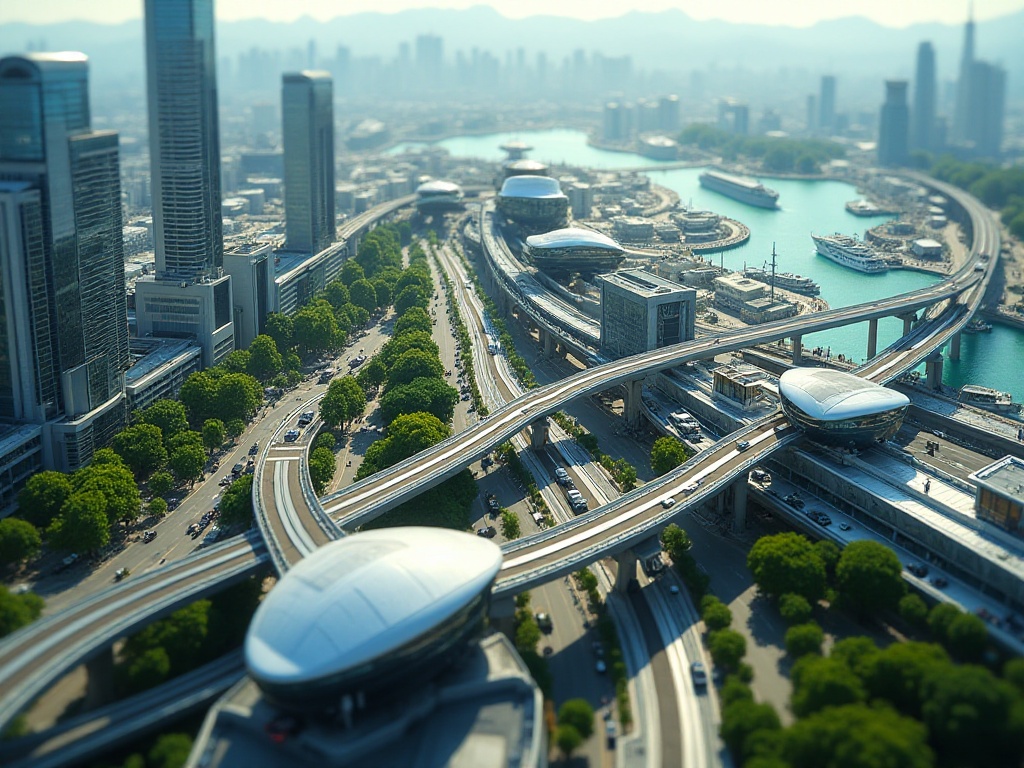
Safety has always been the most important consideration when riding the New York subway. Although safety incidents decreased by 23% in 2023 compared to 2022, every passenger still needs to remain vigilant. Standing behind the yellow line while waiting has become my instinct, as the air pressure from incoming trains is indeed significant.
I once witnessed a passenger get buffeted by the air current from an incoming train because they stood too close to the platform edge. Although it didn't result in serious consequences, it was truly frightening. Since then, I've developed a habit: no matter how rushed I am, I always stand at least one step behind the yellow line while waiting. This is especially important during morning and evening rush hours when platforms are crowded with people.
Subway safety isn't just about where you stand. While riding, I've also compiled some practical safety rules. For example, choose cars with more people, especially when riding at night. In crowded cars, keep your backpack in front of you - this prevents theft and leaves more space for other passengers. Keep phones and wallets in inside pockets to avoid unnecessary trouble.
The subway's surveillance systems and police presence provide significant security for passengers. Each platform has emergency help buttons and intercoms for immediate assistance in emergencies. Police and security personnel patrol the stations ready to respond to various emergencies. I've noticed that police patrols are notably more frequent at major transfer stations.
The New York subway is a vibrant cultural stage. Every day, you can see various street performances here. Sometimes it's impromptu rap performances, sometimes acrobatic shows, and even Shakespeare play excerpts. According to MTA data, there are over 350 certified subway performers currently performing.
My favorite is an elderly gentleman who often plays saxophone at Union Square Station. He always wears a faded denim jacket and plays everything from jazz to classical music. Once, I heard him play "The Moon Represents My Heart," and that familiar melody echoing through the station brought tears to my eyes. I later learned that this gentleman was a retired professor from Juilliard School who chose to perform in the subway purely out of love for music.
The cultural fusion in the subway extends beyond artistic performances. Here, you can hear languages from around the world and see people from different cultural backgrounds. I often see Indian women in traditional dress, Jewish men wearing yarmulkes, and Japanese tourists in bright kimonos. This multicultural collision makes the New York subway a miniature United Nations.
Interestingly, the subway stations' art installations are also an important part of the culture. Many platforms have unique artworks, from mosaic murals to sculptural installations, each piece telling stories of the city. For example, at 14th Street-Union Square Station, bronze reliefs on the wall show historical scenes from different periods of New York. At Atlantic Avenue Station in Brooklyn, modern art installations made from recycled materials hang from the ceiling.
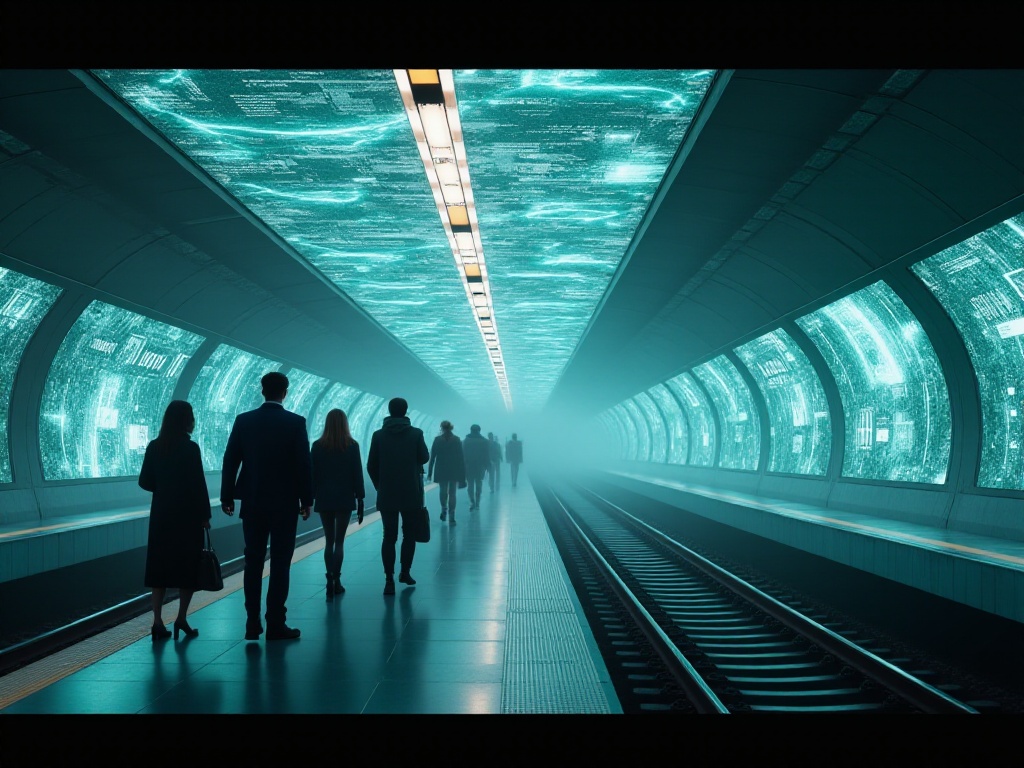
As a student, being economical is a required course. After more than a year of exploration, I've discovered some money-saving tricks. In 2024, a single ride costs $3.25, while a monthly pass is $134. If you ride round-trip daily, you can save about $61 per month. But the savings tricks don't stop there.
I discovered that the best time to buy a monthly pass is between the 25th of the current month and the 1st of the next month. This is because the monthly pass validity starts from first use, not purchase date. This way you can avoid queuing at crowded ticket windows at the beginning of the month and have more flexibility in usage timing.
Besides monthly passes, student discount cards are also a good option. If you're a full-time student registered in New York, you can apply for a student discount card. The single ride fare with this card is only $1.65, half the regular price. Although the application process takes some time, it's definitely worth it. I suggest preparing the required documents before school starts so you can enjoy the discount early.
I also discovered some hidden money-saving tricks. For example, at some major transfer stations, you can sometimes transfer without exiting, avoiding double charges. On weekends, some lines have special discount promotions - checking the MTA official website in advance can get you this information.
I also noticed that some credit card companies offer transit cashback benefits. For example, certain credit cards offer 3% cash back on subway spending. While it might seem small, it adds up to a significant amount over a year.

Transfers are the most challenging aspect of New York subway commuting. Take Grand Central Station for example - it connects up to 7 subway lines and handles over 40 million passengers annually. First-time visitors can easily get lost in this vast underground maze.
I remember my first transfer experience at Grand Central Station. I was trying to transfer from line 4 to line 7, followed the signs for nearly 10 minutes, passed countless corners and stairs, only to end up back where I started. Later I discovered there are actually many shortcuts, but they take time to discover and memorize.
After multiple attempts, I compiled some transfer tips. First, remember the color codes for different lines. For example, lines 4, 5, 6 are green, line 7 is purple. When looking for transfer passages, follow the corresponding color signs and you won't get lost. Second, pay attention to directional signs in the station - some seemingly longer routes might actually be quicker.
During peak transfer times, choosing the right car position is also important. For example, at Grand Central Station, if you're transferring to line 7, it's better to ride in the front cars as the distance to the transfer passage will be shorter after exiting. I usually check the transfer station's platform layout in advance so I can choose the appropriate car position before the train arrives.
Interestingly, some transfer passages between old platforms still retain their early 20th-century architectural style. Walking through these old brick tunnels feels like traveling back to New York a hundred years ago. The mosaic decorations and old-style signs on the walls are historical witnesses. However, when rushing, these historic passages might not be the best choice as they tend to be narrow and crowded during busy times.
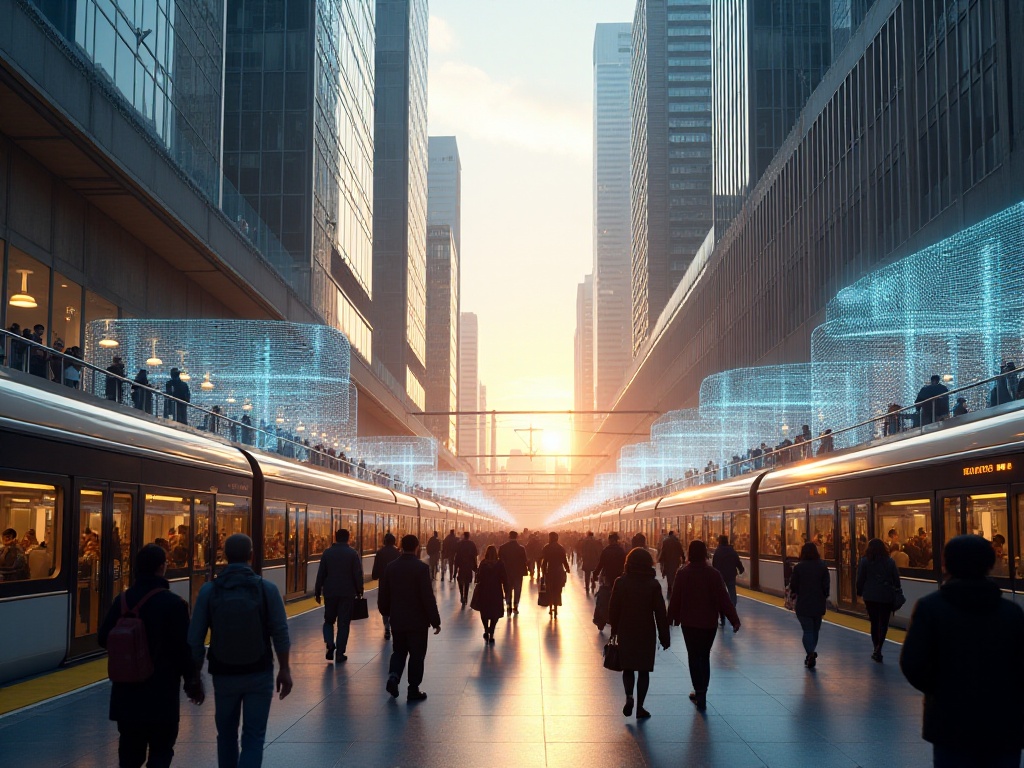
In New York, subway delays are almost inevitable. Data shows the New York subway system experiences about 150 delays monthly, with 80% resolved within 15 minutes. However, how to handle these emergencies tests every passenger's adaptability.
The most memorable delay I experienced was last winter. We were in the subway tunnel when the train suddenly stopped, and an announcement informed us of technical problems ahead. Everyone in the car became restless. At that moment, I was grateful I had brought a power bank and a book. During the 40-minute wait, I not only finished a chapter but also met a New York University professor sitting next to me.
Since then, I always make thorough preparations. Keep phone battery above 50%, carry a power bank, download offline maps and e-books. More importantly, I store multiple alternative routes on my phone. When learning of a line malfunction, I can immediately switch to an alternative route. The MTA official app is indeed useful, providing real-time train status updates, but sometimes network signal is poor, so having backup plans prepared is important.
During delays, staying calm is most important. I've noticed most New Yorkers are used to these situations - they quietly take out their phones or books and wait patiently. If delays exceed 15 minutes, platform staff usually provide delay certificates that can serve as proof for being late to work or class.
Once, I encountered line maintenance at midnight and had to reroute. That's when I learned an important lesson: during late hours, some regular transfer stations might be closed, so pay special attention to temporary notices in stations. Now I keep a late-night bus schedule on my phone as a backup transportation option when trains aren't running.
The New York subway is like a mobile sociology classroom. The first 5 AM train carries tired cleaners and night shift nurses; afternoon cars hold white-collar workers hastily eating sandwiches; weekend trains are filled with shoppers carrying bags and musicians with instruments. Each time period on the subway shows different aspects of city life.
Morning rush hour best reflects New York's rhythm. Wall Street professionals in suits intently stare at phone screens handling early emails; creative industry workers with coffee cups wear headphones, seemingly still immersed in their own world; construction workers carrying large bags grip handrails, standing tired but determined. Everyone starts their day in this steel box.
Midday subway rides are relatively more relaxed. I often see interesting scenes: business people wolfing down lunch in car corners, students gathering to discuss homework, tourists studying maps to plan routes. Sometimes, you might see street performers giving impromptu shows, adding color to the bland afternoon.
Evening subway scenes are different again. People finishing their workday are either dozing off, reading books, or calling family to discuss dinner plans. I especially like observing musicians carrying instruments, guessing they might be heading to perform at a bar or café. Sometimes you see office workers with gym bags, probably rushing to complete their daily workout plan.
Weekend subways present a completely different atmosphere. Without weekday tension, cars are filled with relaxed vibes. Couples cuddle together discussing weekend date plans; families with children might be heading to Central Park for picnics; people with shopping bags have just finished a day of shopping. The subway is no longer just transportation but becomes part of people's lives.
Late night subway gives a special feeling. Car passengers notably decrease, but everyone seems to have their own story. There are programmers finishing overtime work, dragging tired bodies home; musicians who just finished performing, embracing their instruments; young people returning from parties, faces still showing traces of joy. At this time, the subway becomes a quiet haven, letting every night returner find their own space.
In New York, subway travel requires thorough preparation. Metro cards should be pre-loaded, phones should maintain sufficient battery. Be polite but cautious when strangers strike up conversations. If lost, don't be shy - most New Yorkers are happy to help others.
My bag always contains some essentials: pre-loaded metro cards (best to have two in case one has issues), power bank and charging cable, a book or magazine (in case phone dies), a small water bottle and some simple snacks (in case of delays). In cold winters, I also carry gloves because subway station metal handrails are very cold.
Regarding interactions with strangers, I have some experience to share. New Yorkers are generally friendly, but maintain appropriate distance. If someone initiates conversation, respond politely but don't reveal too much personal information. If feeling uncomfortable, directly move to another car. When seeking help, best choose platform staff or uniformed MTA employees.
I've found subway station bulletin boards often post useful information like line maintenance notices and fare adjustment announcements. It's important to develop a habit of checking this information. Especially during holidays, subway schedules might change - knowing this information in advance can avoid unnecessary trouble.
Over a year of subway commuting has taught me deeply: this isn't just transportation, but a window to observe society and understand culture. Passing by all kinds of people daily, hearing different languages and stories, this city's microcosm exists entirely in this flowing underground world.
In the subway, I've seen New York's most authentic side. There's no glossy packaging here, just ordinary citizen life. Cleaners and Wall Street elites sit in the same car, street performers' songs mix with business people's phone calls. This unmodified authenticity has helped me understand this city's soul more deeply.
Even after living here so long, I still discover new details in the subway. Some old platform tiles still retain original patterns from 1904's opening, witnessing this city's century of changes. Each platform seems to have its own personality and story, just like every corner of this city.
The subway has taught me patience and tolerance. Here, you meet all kinds of people and situations, sometimes touching, sometimes troubling, but these experiences become life's seasoning. When I see strangers helping each other, hear conversations in different languages, I feel New York City's charm.
This is the New York subway, a place forever full of surprises and stories. It not only connects various corners of the city but also connects countless lives and dreams. Each time stepping onto the subway is a new journey, a new discovery. This city always brings surprises, and the subway is the best way to explore these surprises.
 Previous
Previous

